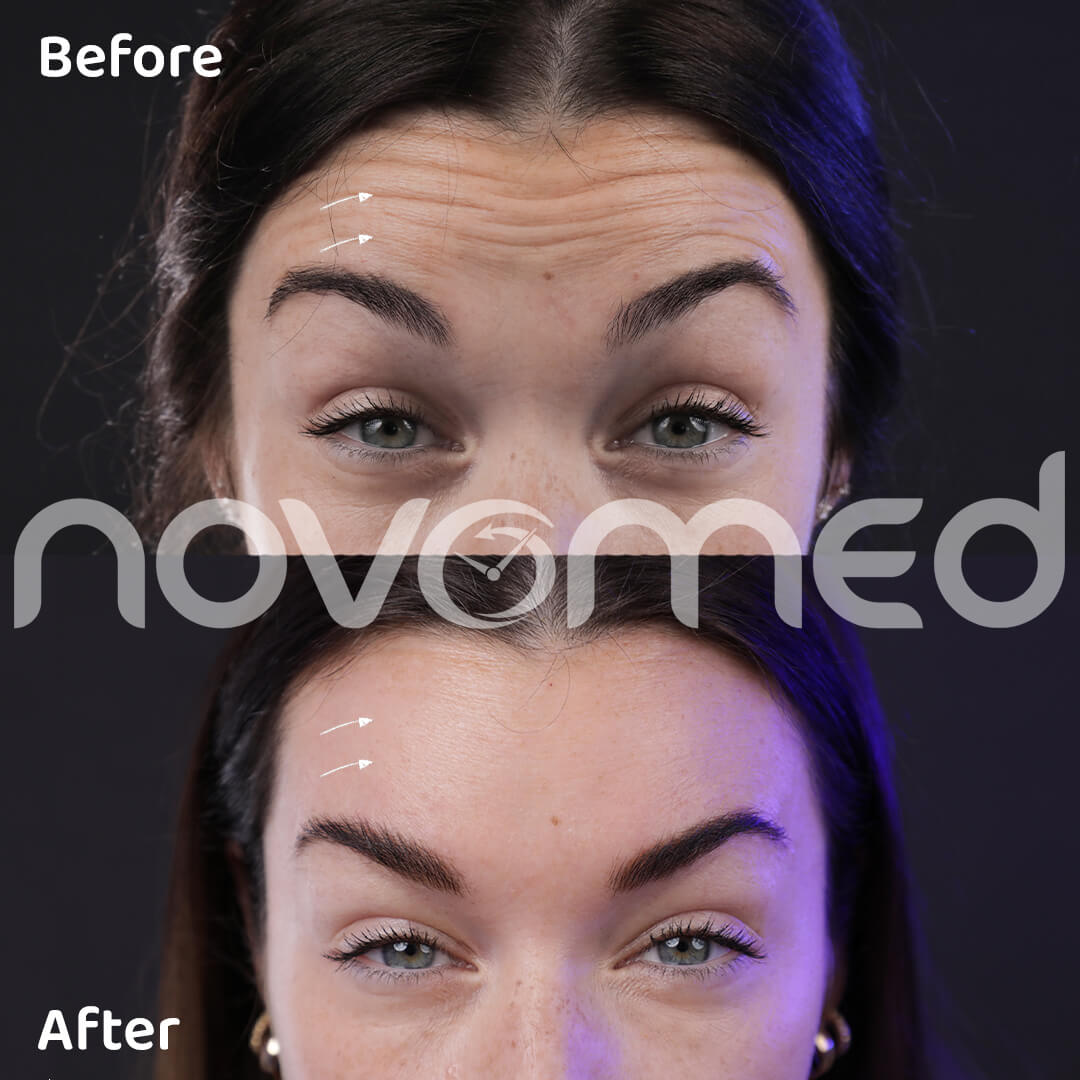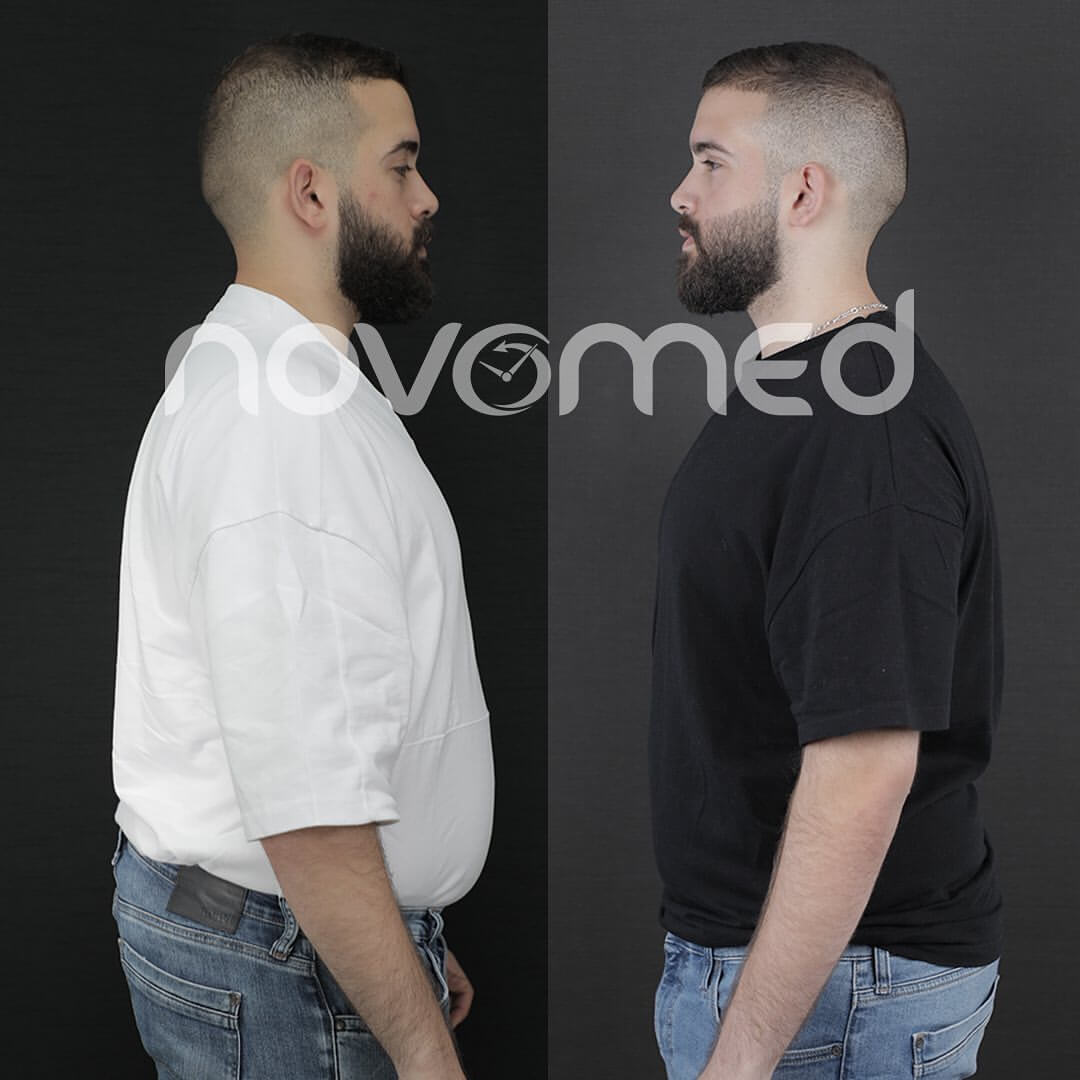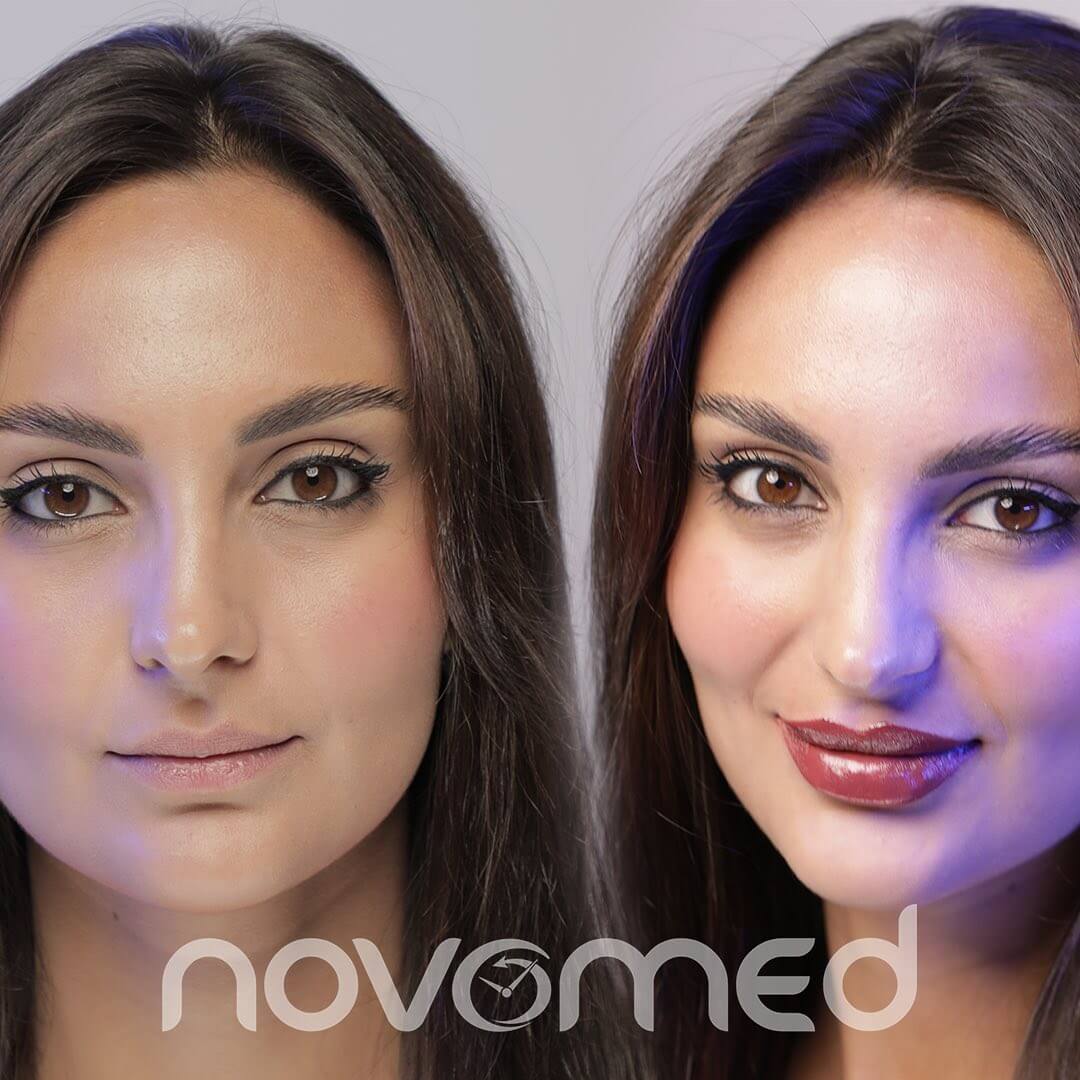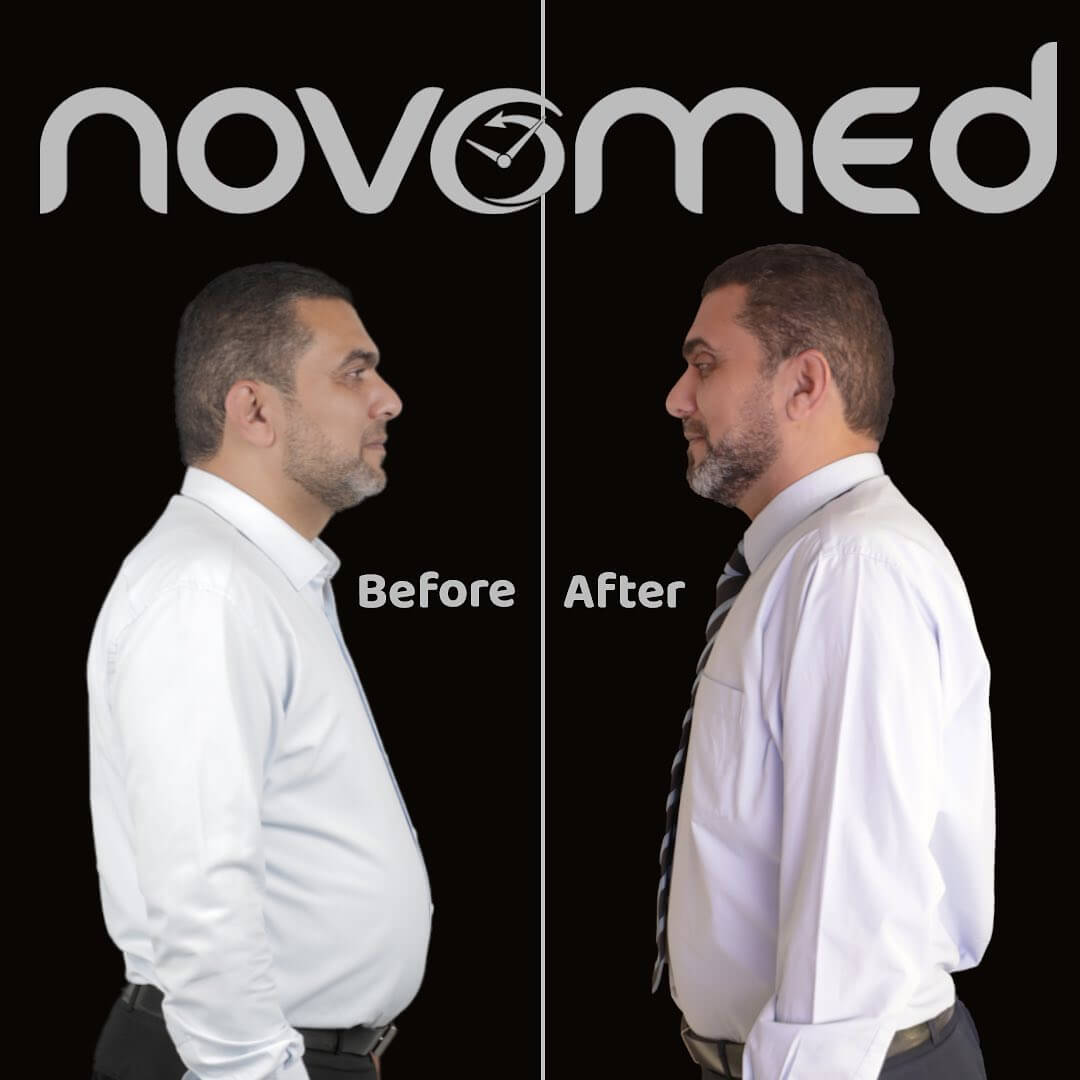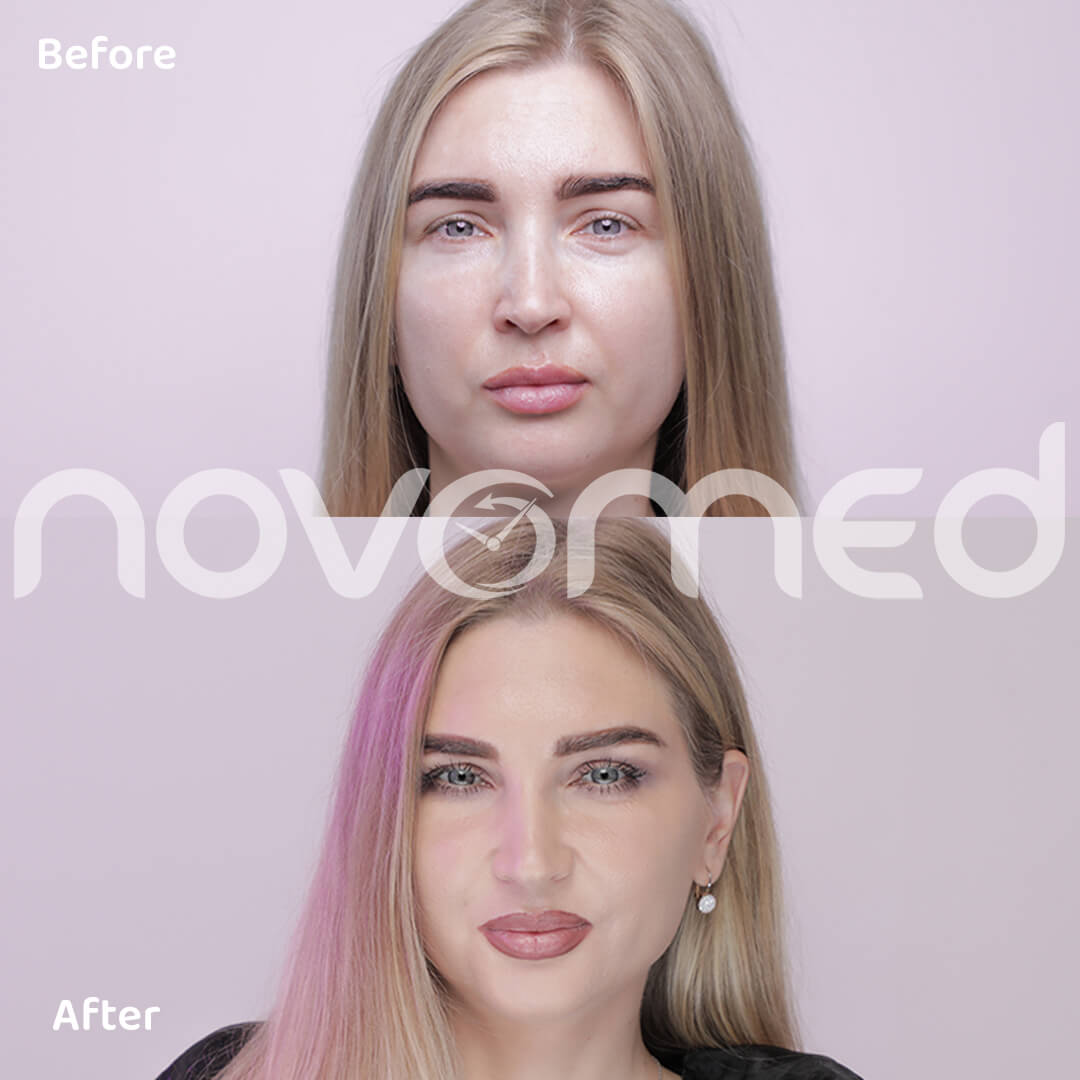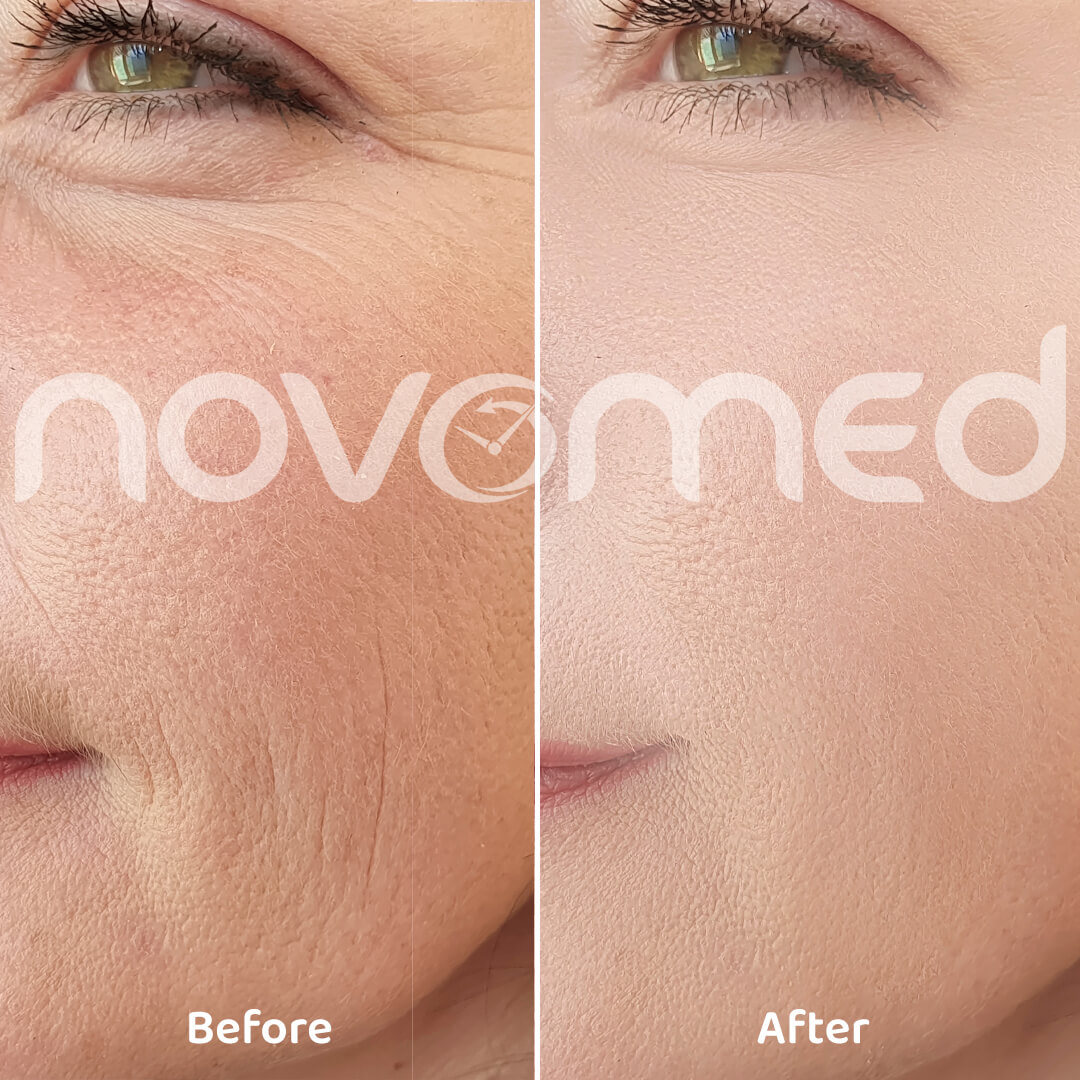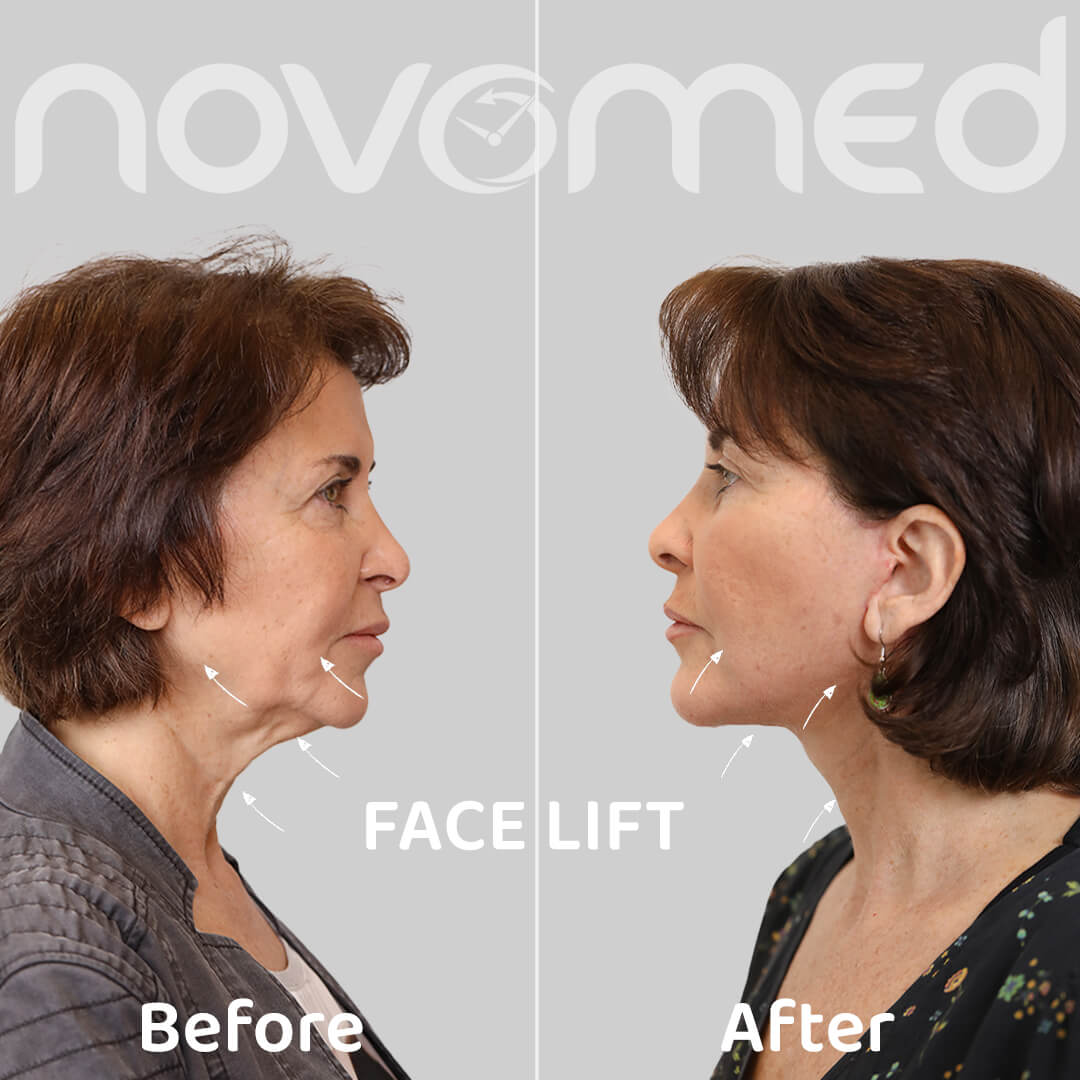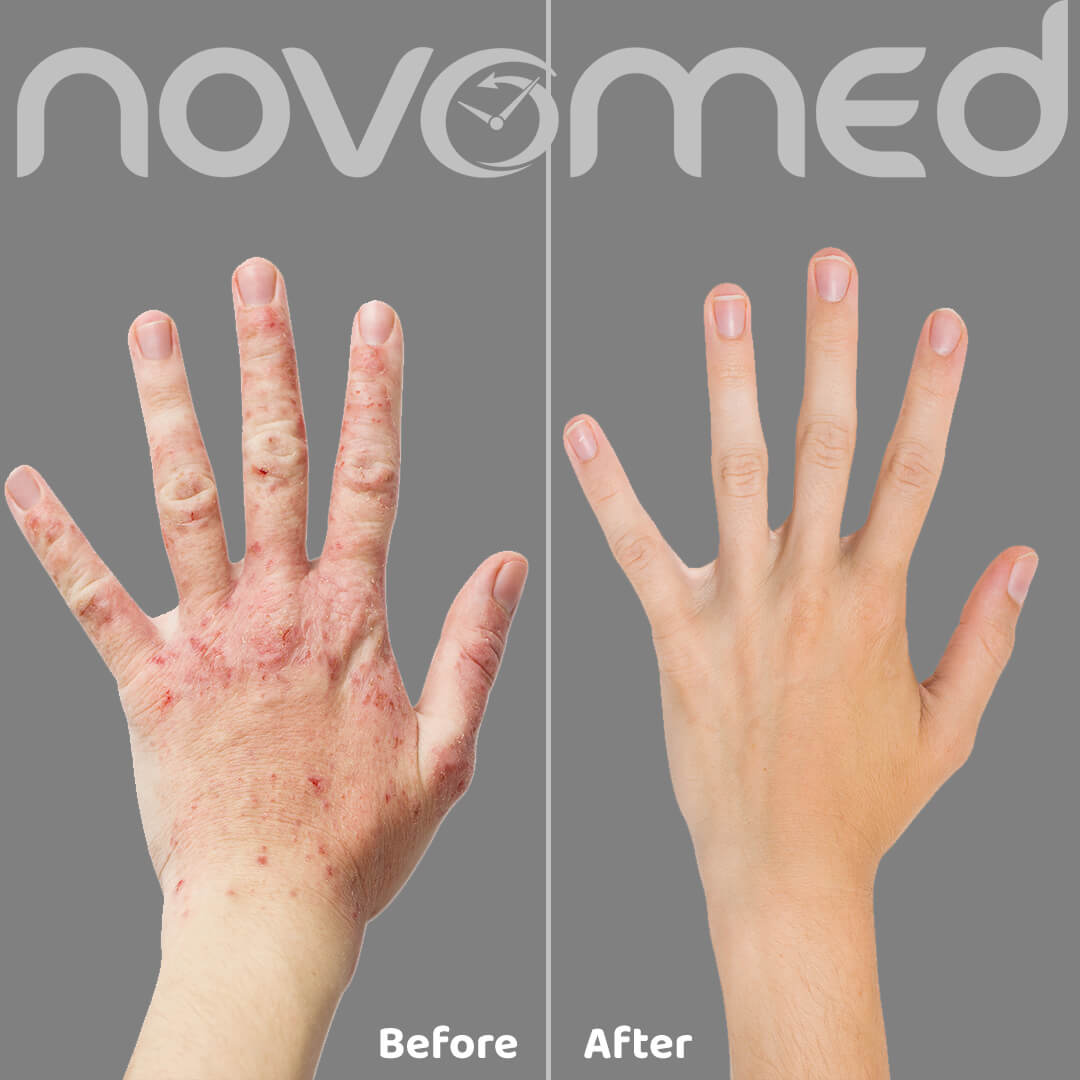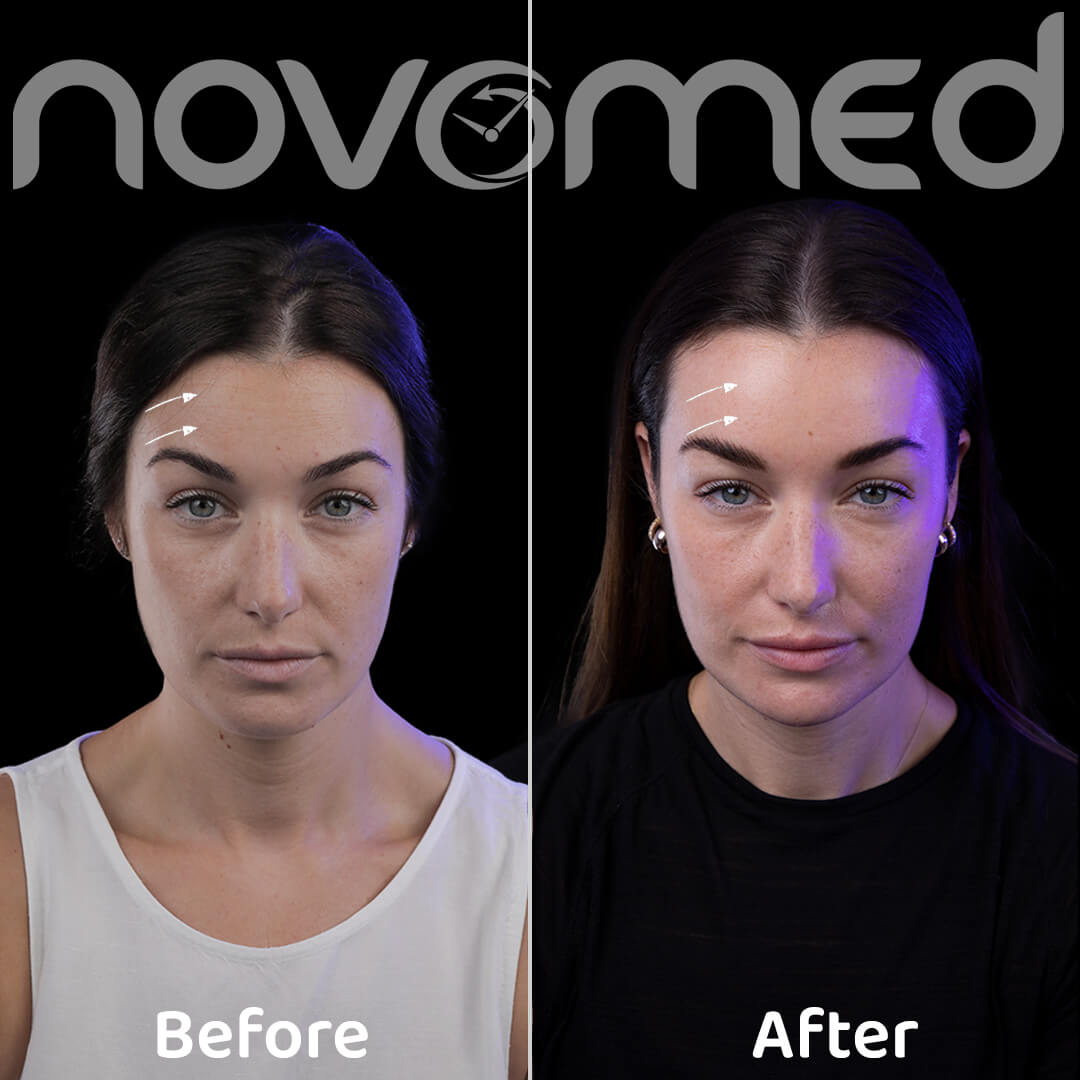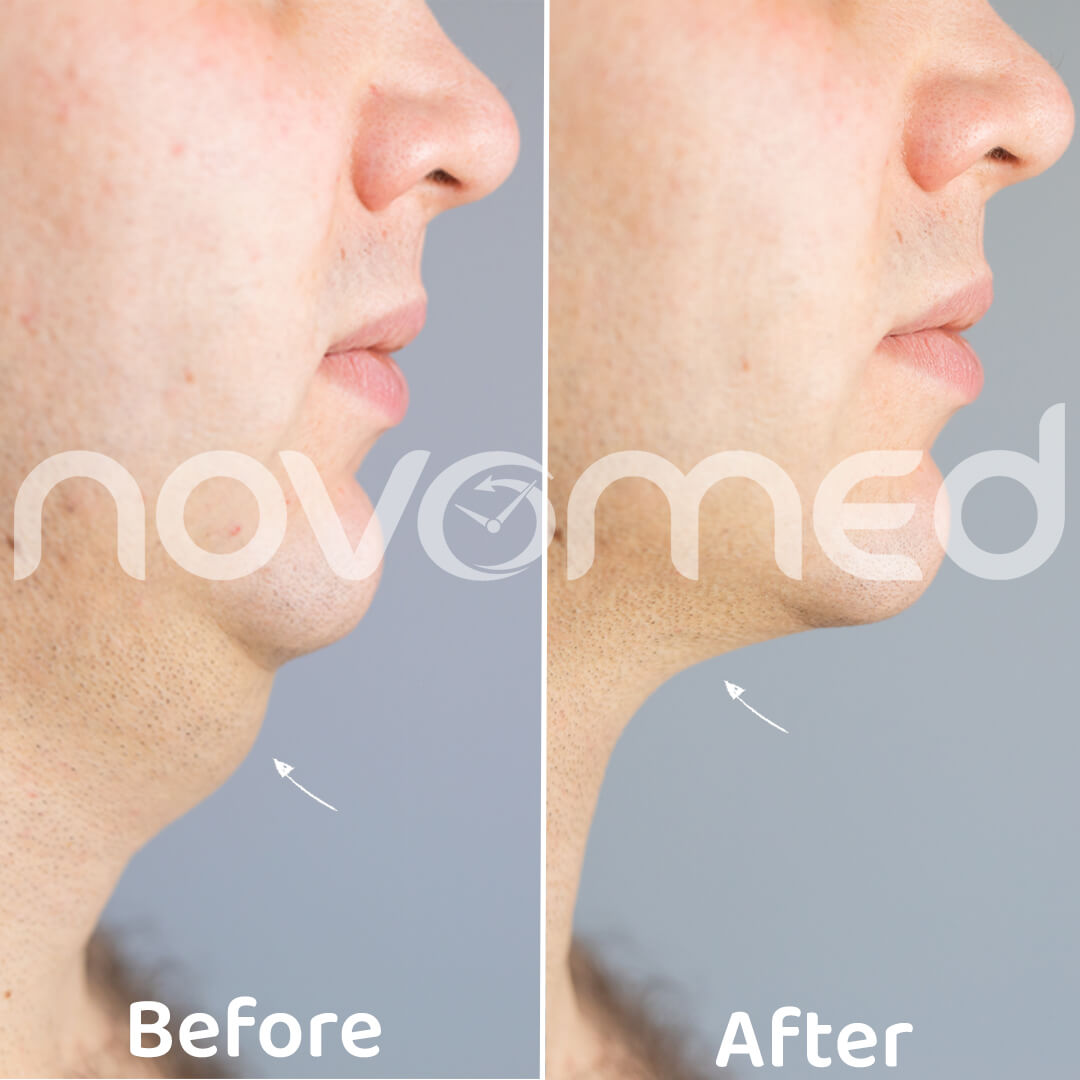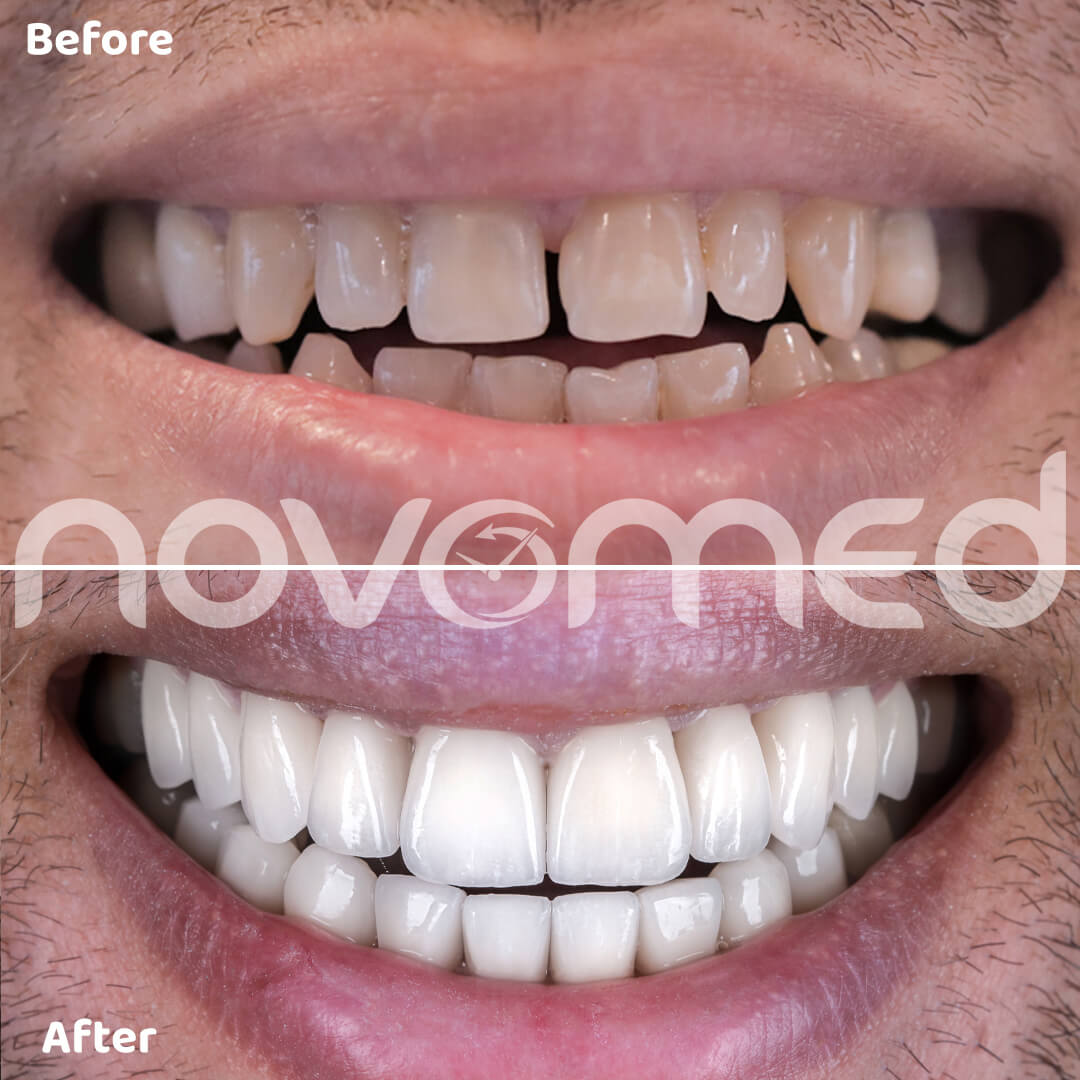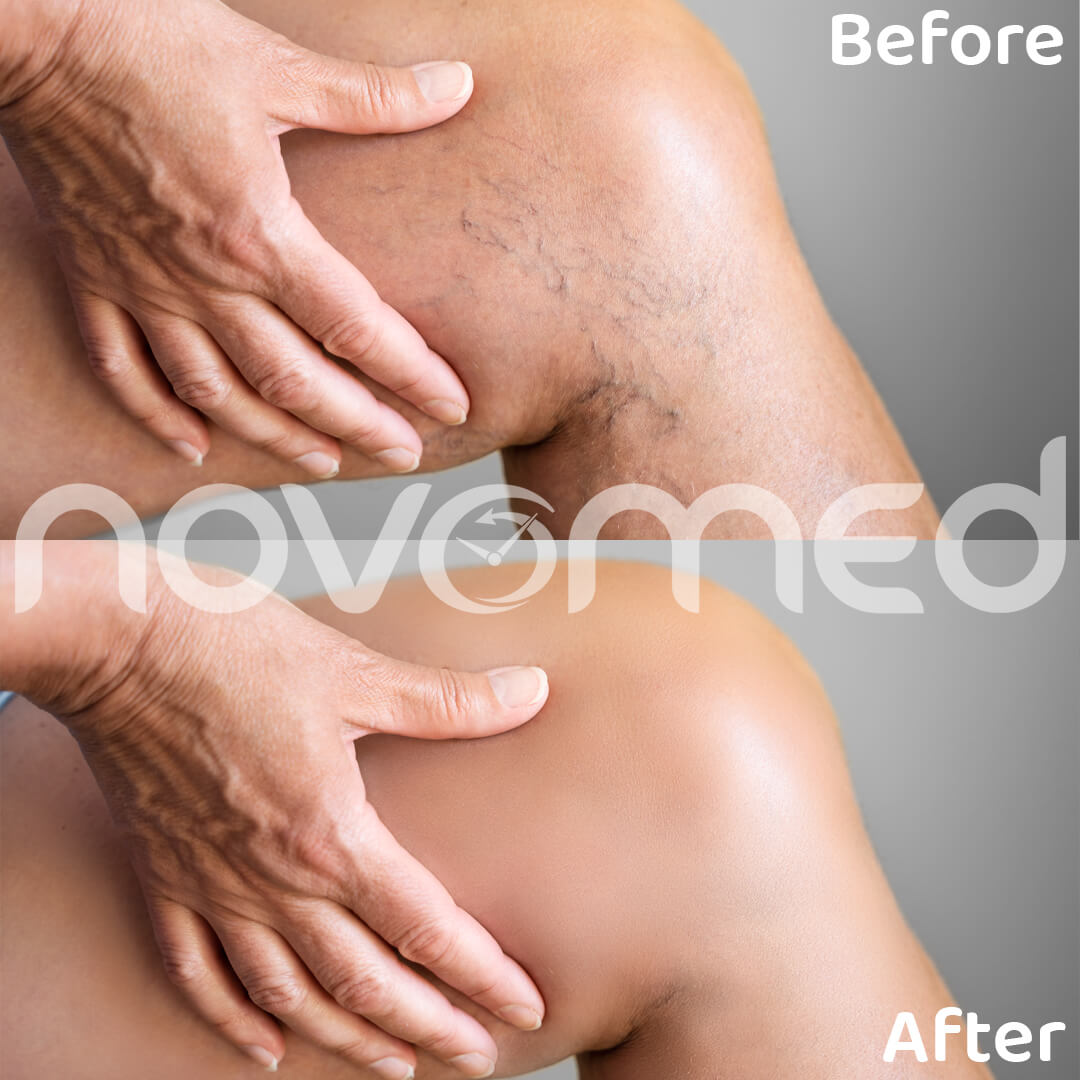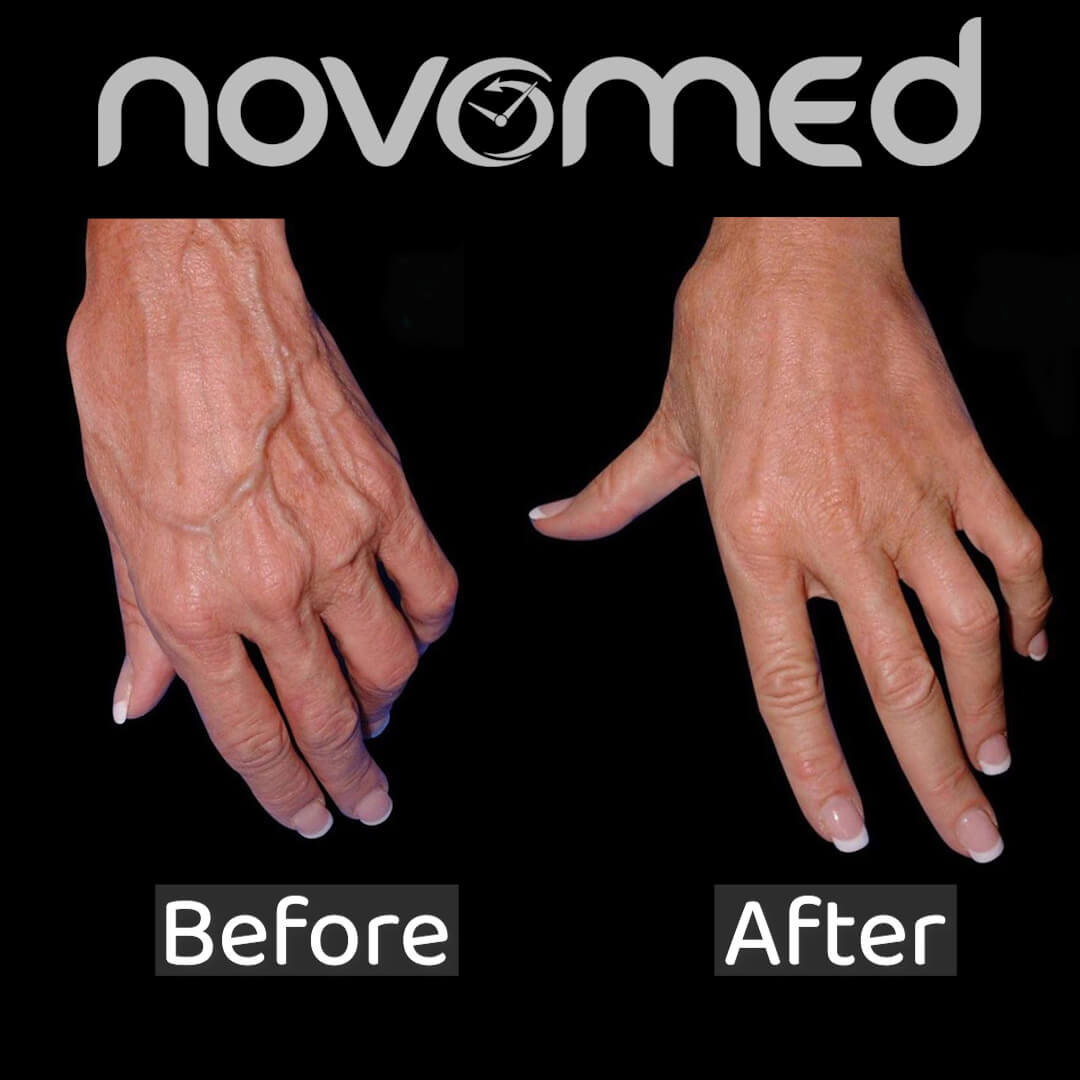Cleft lip, a congenital condition affecting infants globally, arises from incomplete fusion of lip tissue during fetal development. Resulting in a visible gap ranging from a small notch to a significant opening extending into the nose, this condition can profoundly impact both aesthetics and function. At Novomed, our specialized team employs advanced techniques to restore normal lip anatomy and function, ultimately enhancing the quality of life for affected individuals.
Cleft Lip Surgery Consultation
During the consultation, our reconstructive surgeon typically begins by reviewing the patient’s medical history, conducting a physical examination of the cleft lip and possibly the palate, and discussing the patient’s goals and expectations for the surgery. They explain the surgical procedure in detail, including techniques, expected outcomes, and potential risks. Preoperative instructions, such as tests or evaluations required, are provided, along with discussions about anesthesia options and postoperative care. Patients and their families are encouraged to ask questions and raise concerns during this time. Before proceeding, informed consent is obtained, indicating the patient or guardian understands the procedure, its risks, and outcomes. Overall, the consultation serves to inform and prepare the patient for the surgery, while also allowing the surgeon to assess the patient’s condition and develop a tailored treatment plan.
During Surgery: Cleft lip surgery is a delicate procedure that typically takes place at our elective surgery hospital under general anesthesia. The surgical approach may vary depending on the severity and extent of the cleft. The general steps involved in the procedure include:
- Incision: Our surgeon will carefully planned incisions along the edges of the cleft to allow access to the underlying tissues for repair.
- Tissue Repair: The surgeon repositions the tissues of the lip, ensuring proper alignment and closure of the separation. Sutures are used to close the cleft, creating a more symmetrical and natural-looking lip contour.
- Nasal Correction: Additional procedures may be performed to improve nasal symmetry and function if the cleft extends into the nose.
- Wound Closure: Once the repair is complete, the incisions are closed with fine sutures to minimize scarring.
Aftercare: Following cleft lip surgery, patients receive comprehensive aftercare to support healing and recovery. Key aspects of postoperative care include:
- Wound Care: Patients are provided with instructions on how to care for the surgical site, including keeping the area clean and dry.
- Pain Management: Pain medication may be prescribed to help manage any discomfort following surgery.
- Feeding Techniques: Feeding techniques may need to be adjusted temporarily to accommodate for changes in lip and oral anatomy.
- Follow-Up Care: Regular follow-up appointments are scheduled to monitor healing progress and address any concerns or complications.
Expected Results: The ultimate goal of cleft lip surgery is to achieve a natural-looking and functional lip contour, improving both appearance and function. Patients can generally expect:
- Improved Lip Contour: Cleft lip surgery aims to close the separation in the lip, resulting in a more symmetrical and aesthetically pleasing lip appearance.
- Enhanced Function: By repairing the cleft, patients may experience improvements in speech development, feeding abilities, and overall oral function.
- Boost in Confidence: A successful cleft lip repair can have a profound impact on a patient’s self-esteem and confidence.
Book your consultation at Novomed today!
Our commitment to personalized care extends beyond surgical intervention. With a dedicated team of skilled surgeons and compassionate healthcare professionals, we’ll guide you through every stage of your child’s journey, fostering a supportive and transformative experience. We emphasize ongoing support and education, ensuring you feel empowered and informed throughout your child’s treatment and beyond. Together, we’ll strive to achieve the best possible outcomes and improve the lives of those affected by cleft lip.
